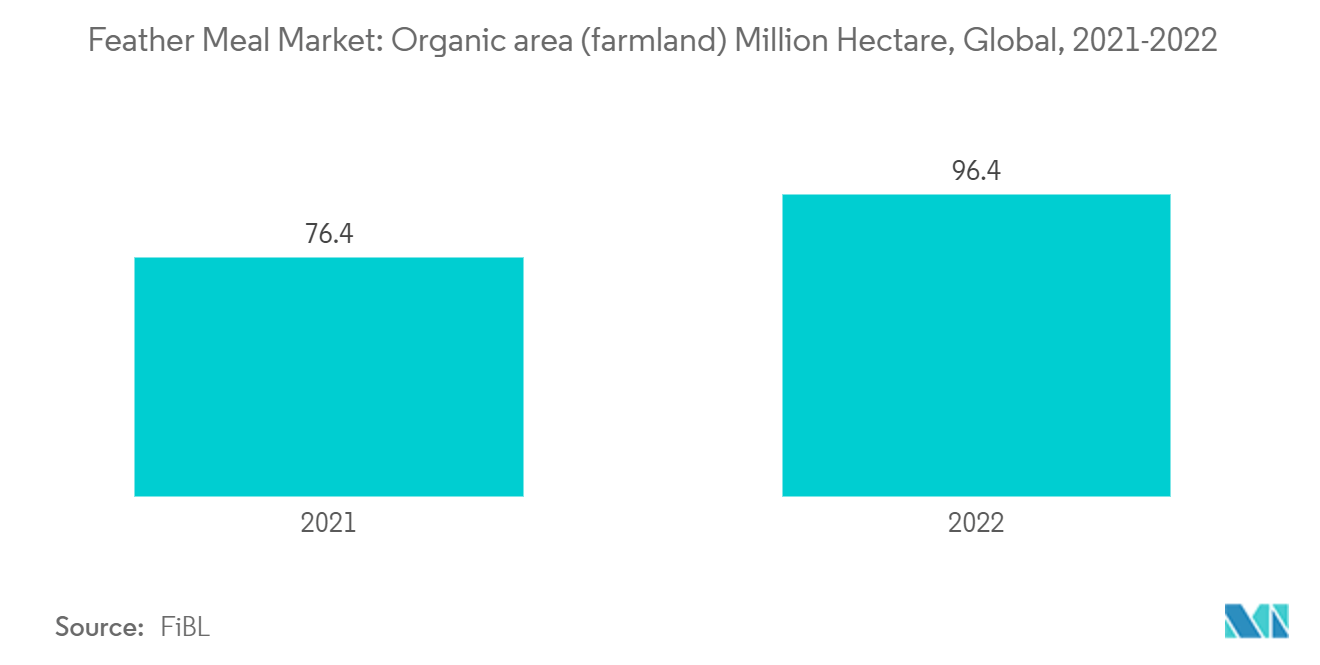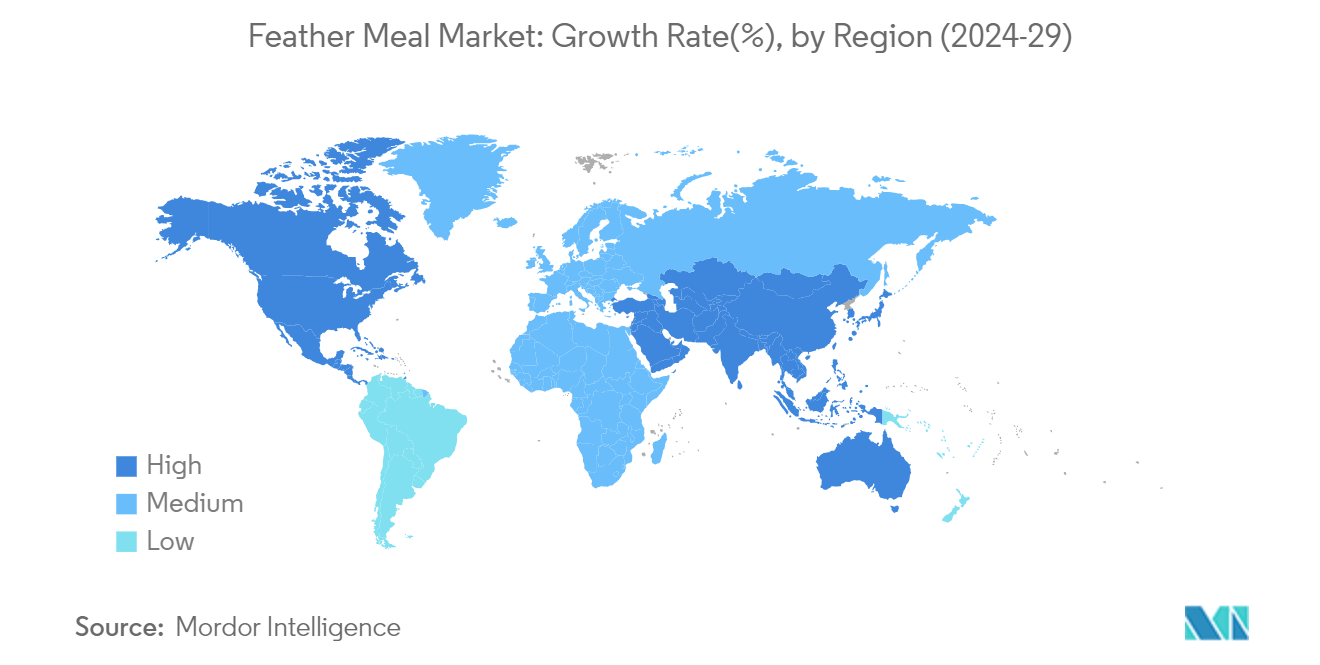Market Trends of Feather Meal Industry
Increasing demand for organic farming accelerating feather meal market
Over the past decade, increased awareness of organic food benefits has led to a surge in organic farming popularity. In this context, by-product organic fertilizers are gaining traction over plant-based varieties due to their superior water absorption and retention properties, which enhance soil fertility. Feather meal, a by-product of organic fertilizer, is emerging as a valuable resource in this sector. Its ability to retain essential nutrients in the soil for extended periods is opening up significant market opportunities. According to Epic Gardening in 2023, feather meal serves as an excellent organic fertilizer, rich in nitrogen, capable of replacing many synthetic liquid fertilizers in organic farming operations.
Feather meal (FM) fertilizers are increasingly replacing synthetic liquid fertilizers in organic horticultural applications. This organic alternative provides plants with sufficient nitrogen and promotes growth. Organic vegetable growers, particularly those cultivating nitrogen-intensive crops like corn, prefer high-quality feather meal products. The growing awareness among farmers about the nutritional benefits of plant and animal-based fertilizers, along with their role in promoting earthworm activity and other beneficial microbial processes, is driving the adoption of organic fertilizers. Feed tables indicate that feather meal contains 85.7% crude protein and 12% nitrogen. As the demand for organic farmland continues to rise, the market for organic fertilizers, including feather meal, is expected to grow in the coming years.

Asia-Pacific to Drive the Feather Meal Market
Asia-Pacific is emerging as a significant region in the food processing industry, particularly in poultry and meat processing. The region's vast agricultural production and diverse animal resources have positioned it as one of the world's top food-producing areas. The poultry production and processing sector is experiencing rapid growth. For instance, in 2022, China led poultry production in Asia-Pacific with a 41.87% share, followed by Indonesia at 10.44% and India at 9.96%. In China, some of the most popular poultry breeds include white broiler, yellow broiler, hybrid, and ex-layer. These breeds' feathers are popularly used in the production of feather meal in the country.
According to Poultry World, Asia hosts the largest poultry population globally, with 3 billion birds, as of 2023. To ensure food safety, an organized processing industry is developing. Modern broiler processing plants can handle between 200,000 and 1,000,000 birds daily, generating substantial waste material. Currently, feather meal remains an underutilized protein source in the region. However, increasing awareness of its nutritional benefits is expected to contribute to addressing global protein needs by boosting animal protein production and potentially restructuring pricing in the market.


